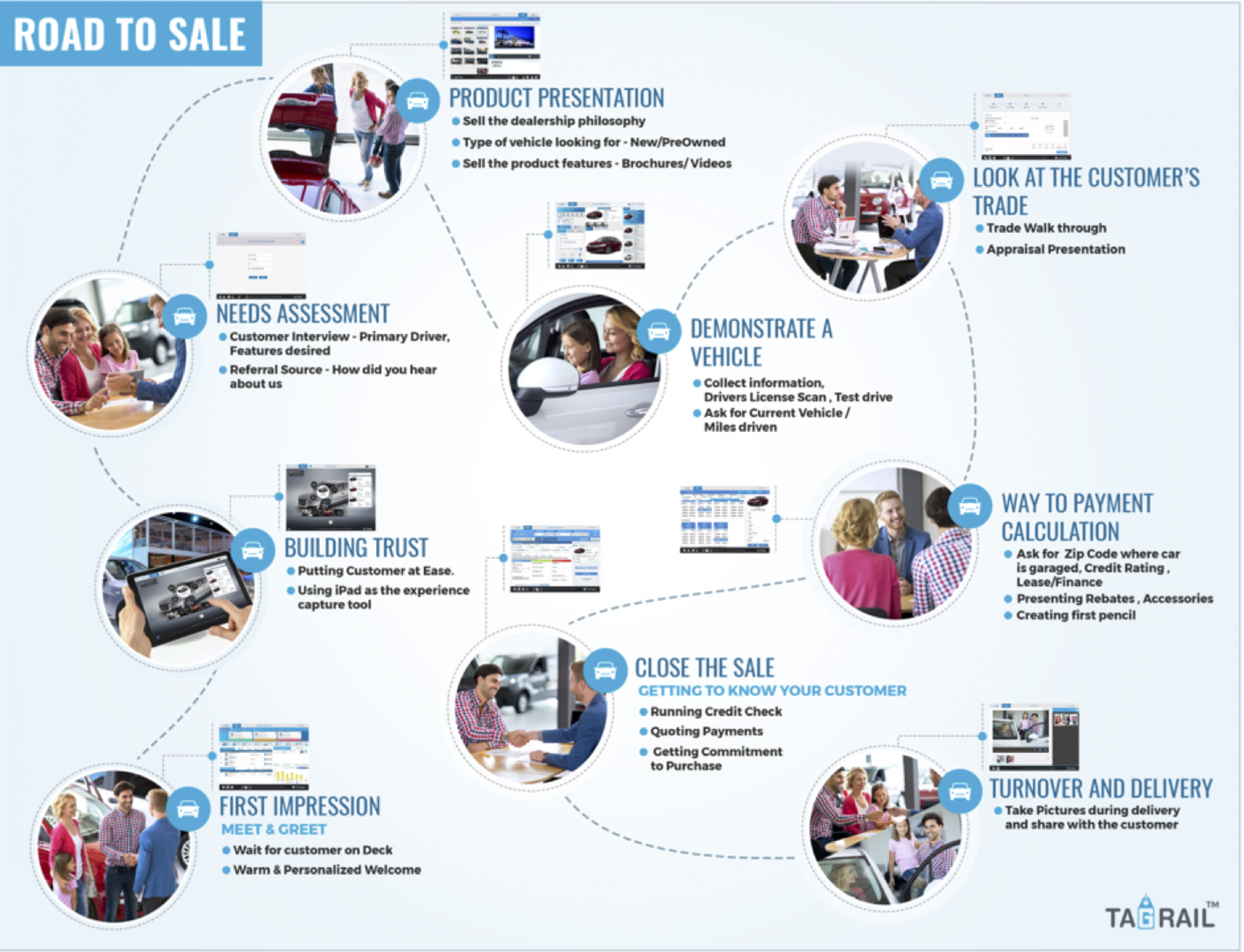We are the sum total of our experiences. Those experiences — be it positive or negative — make us the person we are, at any given point in our lives.
“When you look back at the big moments in your life — your favorite trip, your make-or-break product launch, or the birth of your first child — you might remember some of the details, but it’s the overall experience that stays with you, evoking feelings that create lasting memories, build affinity, and keep us chasing those experiences again,” . This is a quote from CEO of Adobe at the 2018 Customer Experience Summit, which was attended by the most innovative companies in retail segment.
As an industry, have we considered the experience and the customer journey when we deal with guests in automotive retail? Are we still training the sales people to treat the “Ups” — potential customers who walked into the showroom — as “Tire Kickers” or “Home Runs”? Do we still ask the sales person to play out the clock and break the customer down in negotiation? Are we transparent to the customer and ready to provide “real value” by helping them get the right vehicle at the right payment terms?
One of the common themes that almost every vendor in digital retailing advocate is about providing the “Amazon Experience” online. The customer who is exposed to the Amazon experience in your website will start expecting the “Apple store” experience when they come to the dealership to check out the vehicle or complete the transaction. This is where we need to start treating Digital Retailing not as a technology but as a “Customer journey paradigm” where process and technology intersects to provide the best customer experience. This experience need to be repeated easily and at scale for every customer and then it becomes the differentiating culture for the dealership.
In Store Customer Journey
When we started Tagrail, our mission was to help dealerships provide an “Apple store” experience for the customer at the dealership. We looked at the steps that resulted in the road to sale and then worked backwards to digitize the process. This helped us in creating a dealer centric tool that can adjust to the demands of the dealership.

Road to Sale — Dealership Workflow
The customers at most dealerships does not get to interact directly with the existing back end tools like the DMS or CRM. There need to be an easy way to do meet and greet, customer interview, needs assessment, inventory look up, walk around, penciling, credit pull, payment quotes, menu presentation and finally the contracting.
There are three key process aspects in this customer journey.
- Building Trust — Orderly Meet and Greet Process. Shoulder to Shoulder engagement using a common sales tool.
- Building Transparency — Clear and Consistent Pricing and Quoting. Digital messaging and sharing of deals/transactions between sales consultant and the sales desk.
- Building Efficiency — Integration with existing systems like CRM, F&I and Credit Application providers to increase the speed of the transaction.
Building a singular commerce tool that helps this journey seamless is what our platform is able to accomplish.
The need for Flexibility
There can be no “One Size Fits All” approach in Digital Retailing. Every customer and Every dealership will be different. The tools that are part of digital retailing should account for workflow customization in business as well as customer journey. Here are some areas where the tools need to adjust.
- One Price vs Negotiation — We believe One price is a good approach in some markets based on geography and customer interest. But we also have dealers in highly competitive markets and adding a novelty may not translate into good business sense since customers may not be primed for negotiation free process.There is no need for a digital retailing vendor to impose a market based pricing as a rule of thumb for dealer success.
- Single Point of Contact vs Traditional Sales Process — Everything can be done at the floor using an iPad or a trip to the back office may be necessary during the sales process. The desk manager may also be able to monitor the transactions and approve remotely. This should be a choice for the dealership rather than the choice of the digital retailing tool.
- Floor or BDC — Digital retailing should not start creating a culture of haves and have nots. A customer may start the journey in the show room with a particular sales person and may want to work with him collaboratively through the purchase process and not work with the internet department. Some dealerships may have dedicated BDC to handle the digital transactions. Digital retailing tool should facilitate this communication and make it seamless for the customer to upload documents and information needed to close the transaction.
In the end, it is all about winning the customer’s mind. A sale is complete when a customer need can be met with a reasonable solution from the dealership. It is important to connect with the mind of the customer who has the need. Digital Retailing allows the dealership to communicate in customer’s language by using tools that connect with his or her mind and make the transaction experience memorable.
Thereby, We start selling experiences and not merely a product !!
In the next article we will look at the importance of data and analytics and how that will add value to your digital retailing strategy. Stay tuned !!
For more details please visit us http://www.tagrail.com/
